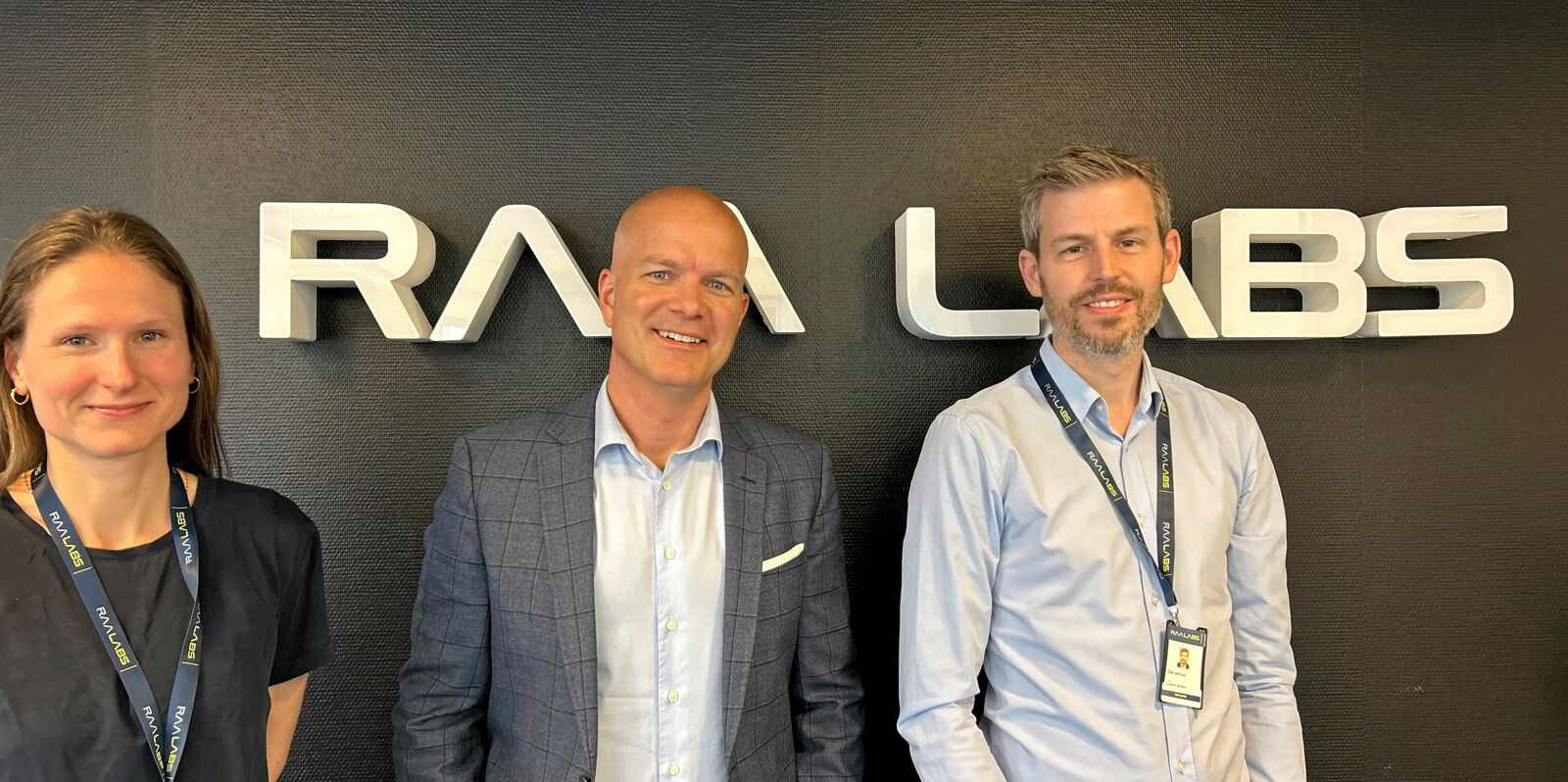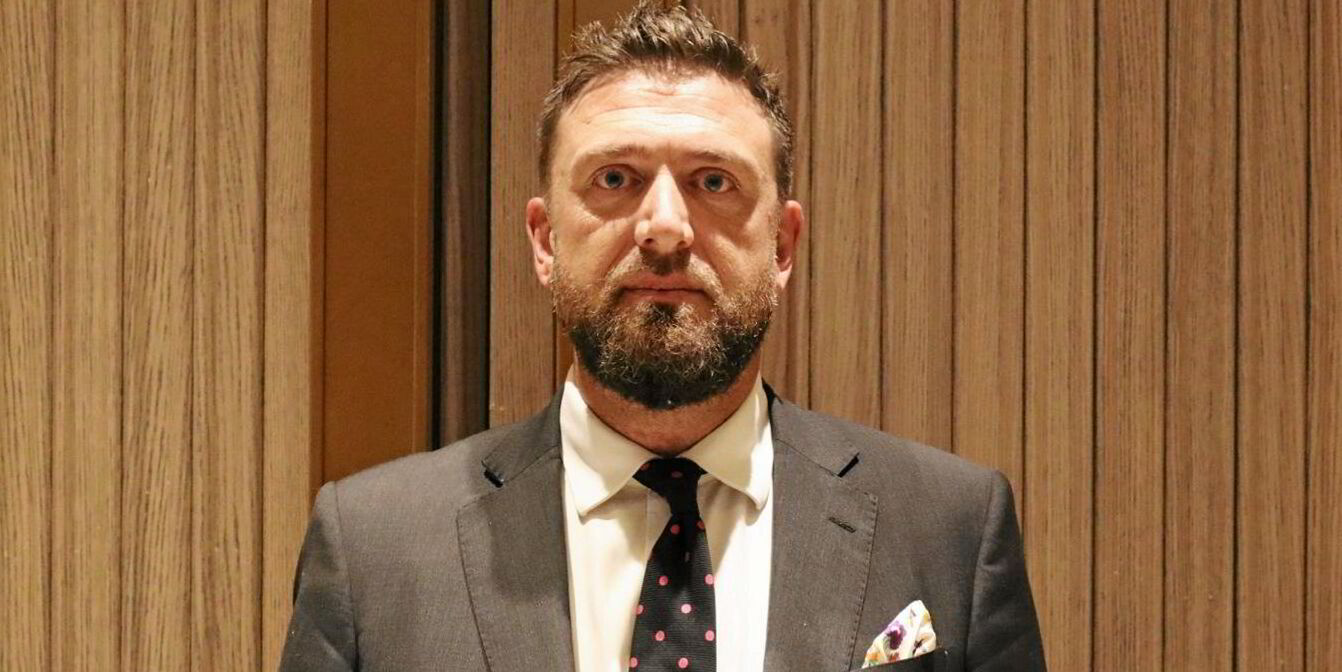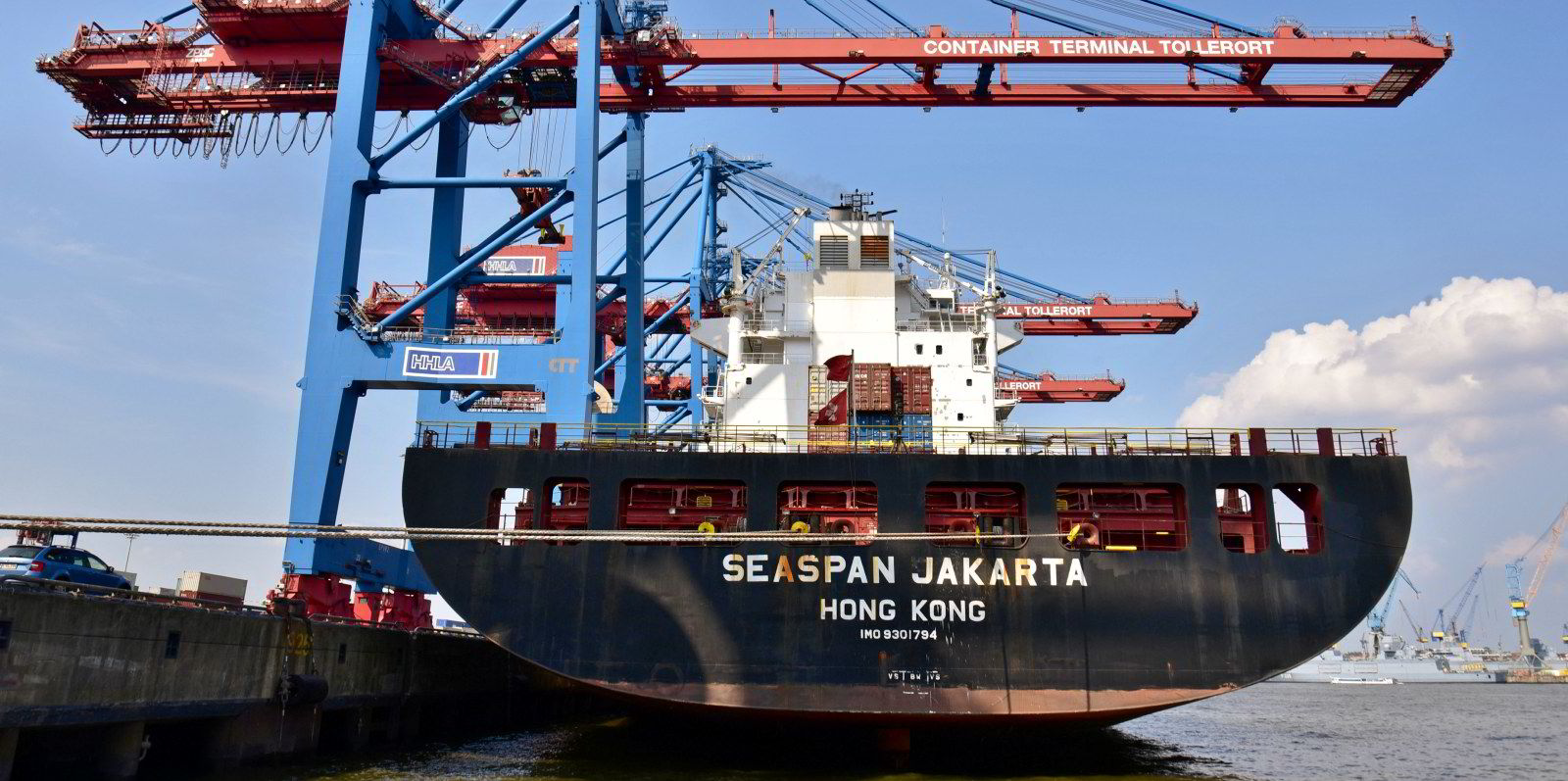If the drive to digitalise shipping seems too techno-optimist for you, listen to RaaLabs.
The Wilhelmsen-backed data provider agrees technology can optimise ship operations but disputes the notion that digital tools are just boxes a shipping company pulls off the shelf that can solve all its problems.
Chief executive Ari Marjamaa said digitalisation requires vision, determination and a solid foundation.
“I’m still hearing a lot of talk about the icing on the cake and very little on how the cake is constructed. How do you get to do the icing?” he told TradeWinds during an interview at Wilhelmsen’s headquarters just outside Oslo.
“Because what we are talking about ... is doing that foundation and showing that you have the data from the fleet in a way that makes it easy to work with. Then you can get to the icing.”
In Marjamaa’s experience, the companies RaaLabs deals with fall into three categories: Leaders, those that realise the process is more difficult than first thought and those that have not started yet.
He said many companies “back into” initiatives, starting with a goal and working backwards.
Instead, RaaLabs — which provides a data collection backbone for ships — recommends building a foundation with high-quality data systems before moving to find problem-solving tools.
Marjamaa likened the company to a power company, supplying a house so the residents could run appliances.
It recently published several white papers coaching shipping companies on how to approach digitalisation.
They recommend company executives develop a vision for digitalisation and that companies think holistically about the topic to make digital tools work.
“We see that there’s a tendency to kind of ‘back into’ the problem because you start with the use case and then you work your way back,” Marjamaa said.
He used the example of a company that wants to deploy artificial intelligence on its vessels working its way backwards through the list of software, hardware and expertise necessary to deploy it.
“That might work if you have the stamina to think through all the steps,” he said.
“What seems to happen is that you start but you haven’t planned it all the way. Whereas what we think is, let’s get the foundation in place. We’re getting electricity into the house. Then we can plan how we use it.”
Only then, Marjamaa said, would companies be able to unlock the benefits of digitalisation.
And Marjamaa and RaaLabs agree the benefits can be considerable.
They concur with DNV estimates that vessel optimisation efforts can lead to emissions cuts of 20% or more — which would go a long way to meeting shipping’s environmental goals.
The class society has said those savings could be as high as 30% and encouraged owners and operators to use digital tools to optimise efficiency “wherever possible”.
But the key is moving away from the thinking that digital tools are an easy, sure-fire way to solve complex problems.
“I wouldn’t say it’s an easy win, but it is an achievable win,” Marjamaa said.
“And it’s something that you can do within relatively short time frames. It still requires attention and focus and all these things, but it can be done.”






